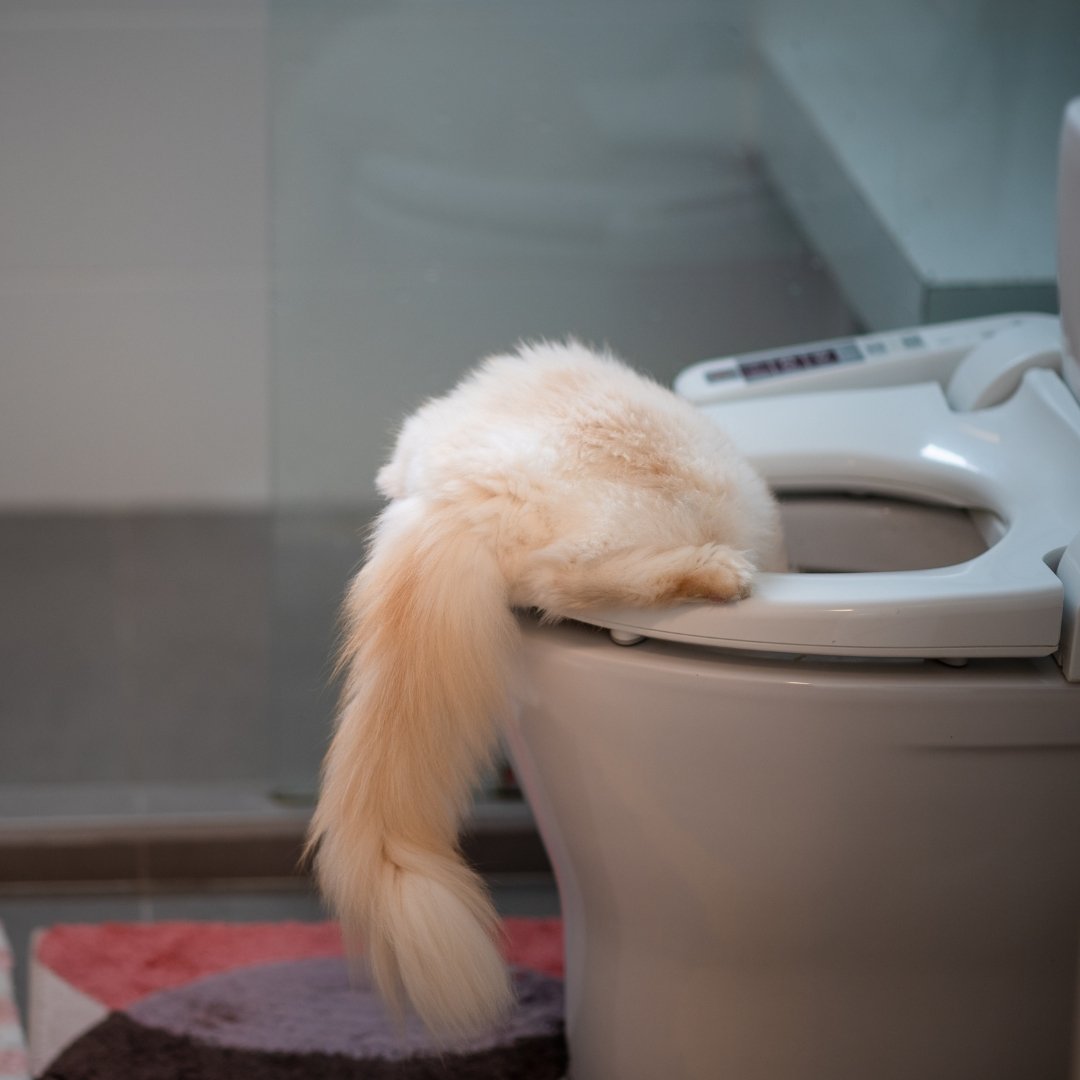Potential Issues of Flushing Cat Poop Down Your Toilet - Safeguard Your Pipes
Potential Issues of Flushing Cat Poop Down Your Toilet - Safeguard Your Pipes
Blog Article
Do you find yourself searching for help and advice about How to Dispose of Cat Poop and Litter Without Plastic Bags?

Intro
As feline proprietors, it's important to be mindful of just how we get rid of our feline friends' waste. While it might seem practical to purge pet cat poop down the commode, this technique can have damaging effects for both the atmosphere and human health and wellness.
Environmental Impact
Flushing feline poop presents damaging virus and parasites right into the water supply, positioning a substantial risk to water ecological communities. These contaminants can negatively affect aquatic life and compromise water quality.
Health and wellness Risks
Along with ecological concerns, flushing cat waste can likewise present wellness threats to human beings. Pet cat feces might have Toxoplasma gondii, a parasite that can create toxoplasmosis-- a potentially serious disease, particularly for pregnant women and people with weakened body immune systems.
Alternatives to Flushing
The good news is, there are more secure and more responsible means to get rid of cat poop. Take into consideration the adhering to alternatives:
1. Scoop and Dispose in Trash
The most common method of getting rid of feline poop is to scoop it right into a naturally degradable bag and throw it in the trash. Be sure to use a committed clutter inside story and throw away the waste quickly.
2. Use Biodegradable Litter
Go with eco-friendly feline litter made from products such as corn or wheat. These trashes are environmentally friendly and can be securely thrown away in the trash.
3. Hide in the Yard
If you have a yard, take into consideration burying pet cat waste in an assigned location away from veggie gardens and water sources. Make sure to dig deep adequate to stop contamination of groundwater.
4. Install a Pet Waste Disposal System
Invest in an animal waste disposal system specifically designed for cat waste. These systems use enzymes to break down the waste, minimizing smell and ecological influence.
Verdict
Liable pet dog possession prolongs beyond offering food and shelter-- it additionally entails appropriate waste administration. By refraining from purging pet cat poop down the bathroom and choosing alternative disposal approaches, we can reduce our environmental impact and secure human health.
Why Can’t I Flush Cat Poop?
It Spreads a Parasite
Cats are frequently infected with a parasite called toxoplasma gondii. The parasite causes an infection called toxoplasmosis. It is usually harmless to cats. The parasite only uses cat poop as a host for its eggs. Otherwise, the cat’s immune system usually keeps the infection at low enough levels to maintain its own health. But it does not stop the develop of eggs. These eggs are tiny and surprisingly tough. They may survive for a year before they begin to grow. But that’s the problem.
Our wastewater system is not designed to deal with toxoplasmosis eggs. Instead, most eggs will flush from your toilet into sewers and wastewater management plants. After the sewage is treated for many other harmful things in it, it is typically released into local rivers, lakes, or oceans. Here, the toxoplasmosis eggs can find new hosts, including starfish, crabs, otters, and many other wildlife. For many, this is a significant risk to their health. Toxoplasmosis can also end up infecting water sources that are important for agriculture, which means our deer, pigs, and sheep can get infected too.
Is There Risk to Humans?
There can be a risk to human life from flushing cat poop down the toilet. If you do so, the parasites from your cat’s poop can end up in shellfish, game animals, or livestock. If this meat is then served raw or undercooked, the people who eat it can get sick.
In fact, according to the CDC, 40 million people in the United States are infected with toxoplasma gondii. They get it from exposure to infected seafood, or from some kind of cat poop contamination, like drinking from a stream that is contaminated or touching anything that has come into contact with cat poop. That includes just cleaning a cat litter box.
Most people who get infected with these parasites will not develop any symptoms. However, for pregnant women or for those with compromised immune systems, the parasite can cause severe health problems.
How to Handle Cat Poop
The best way to handle cat poop is actually to clean the box more often. The eggs that the parasite sheds will not become active until one to five days after the cat poops. That means that if you clean daily, you’re much less likely to come into direct contact with infectious eggs.
That said, always dispose of cat poop in the garbage and not down the toilet. Wash your hands before and after you clean the litter box, and bring the bag of poop right outside to your garbage bins.
https://trenchlesssolutionsusa.com/why-cant-i-flush-cat-poop/

I'm very interested by Can You Flush Cat Poo or Litter Down the Toilet? and I really hope you liked our blog post. Are you aware of somebody else who is looking into the subject? Feel free to share it. Many thanks for your time. Visit us again soon.
Call Report this page